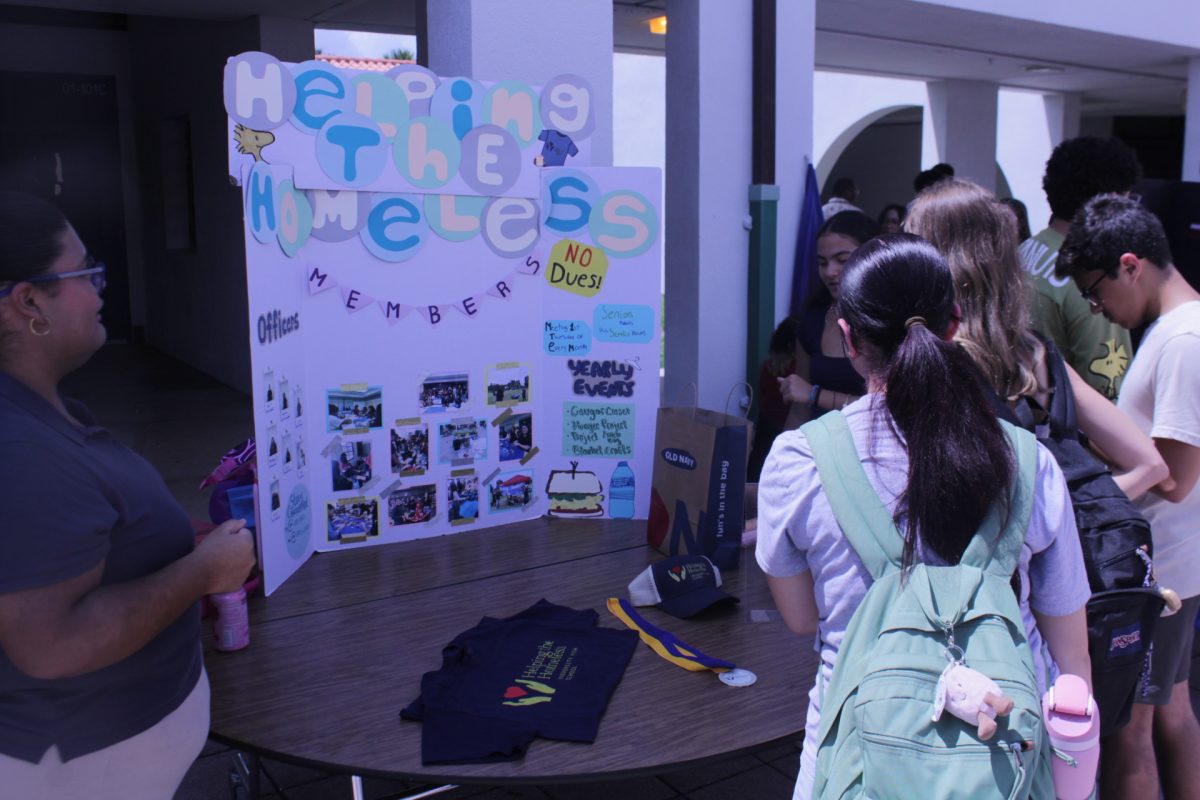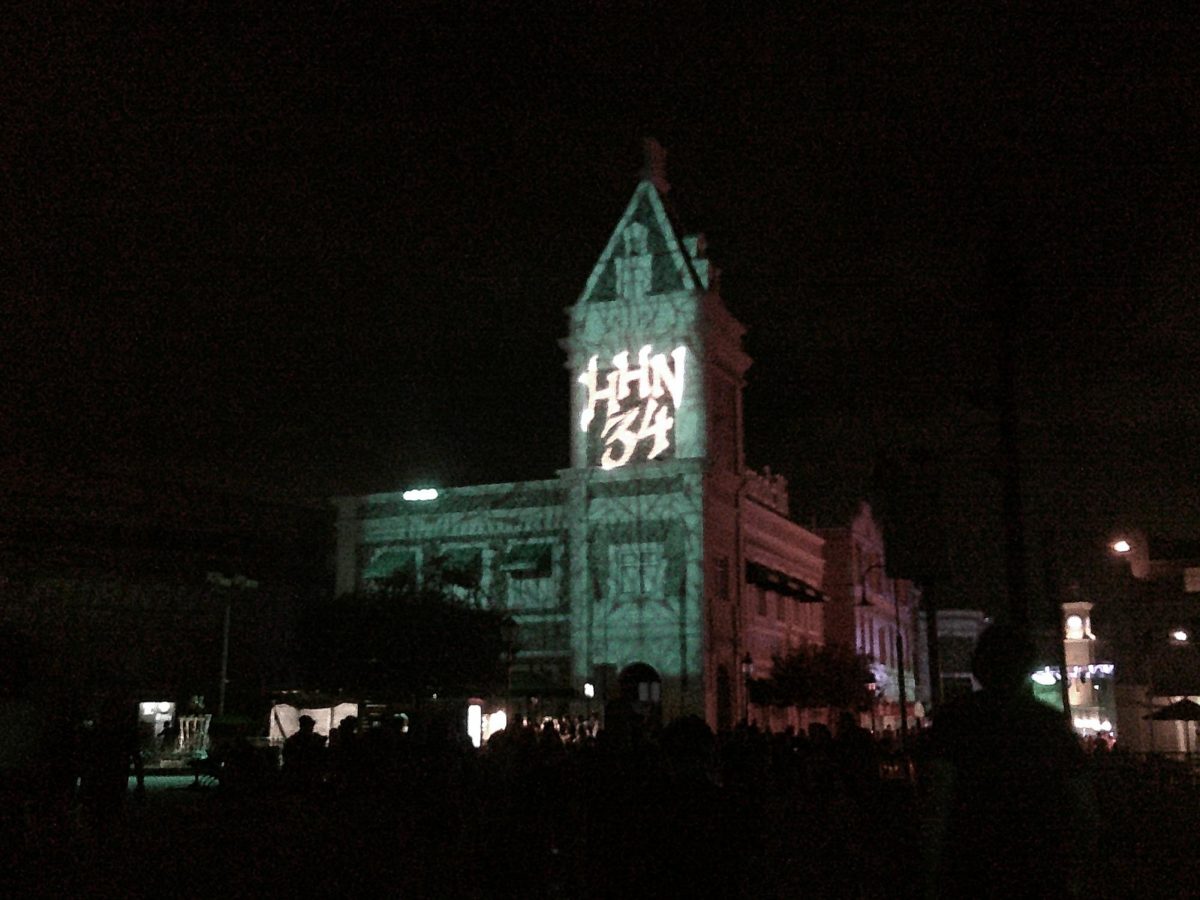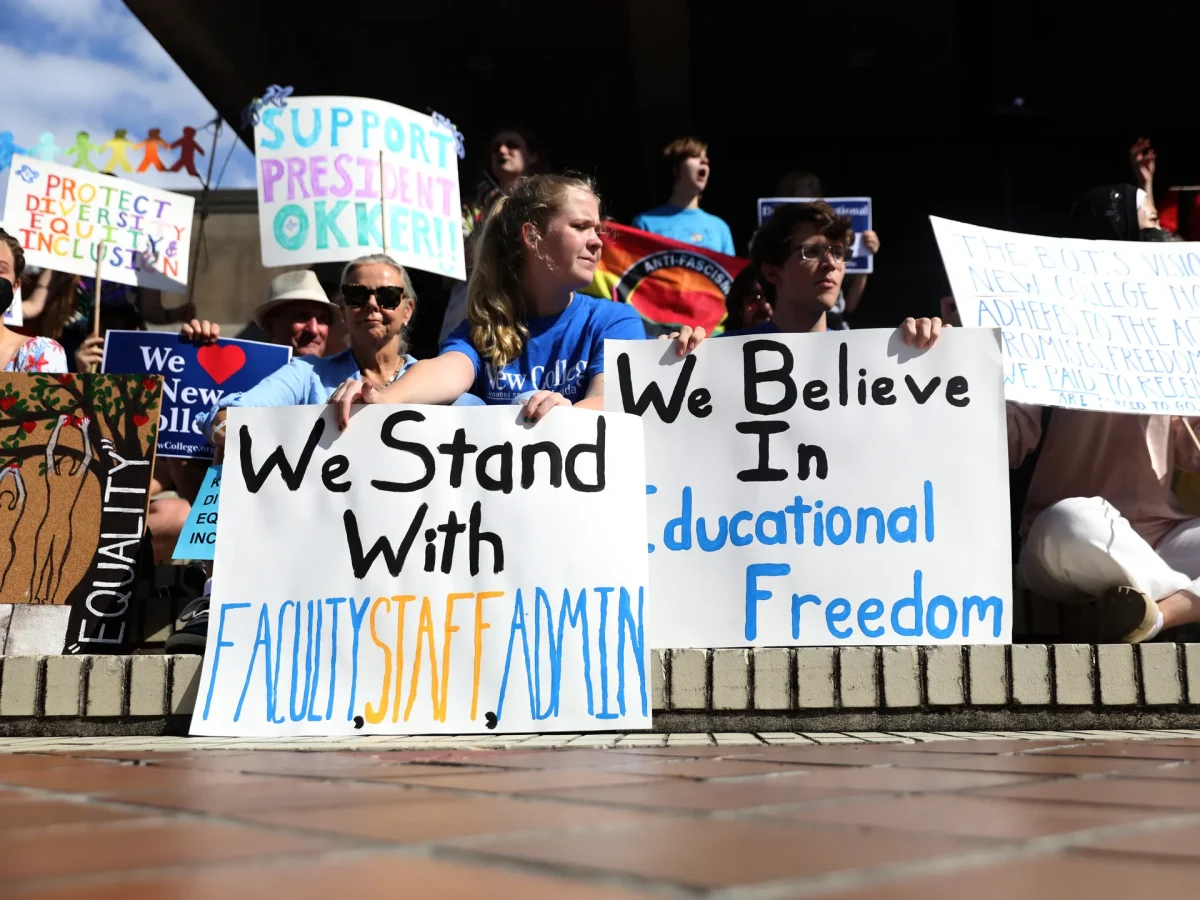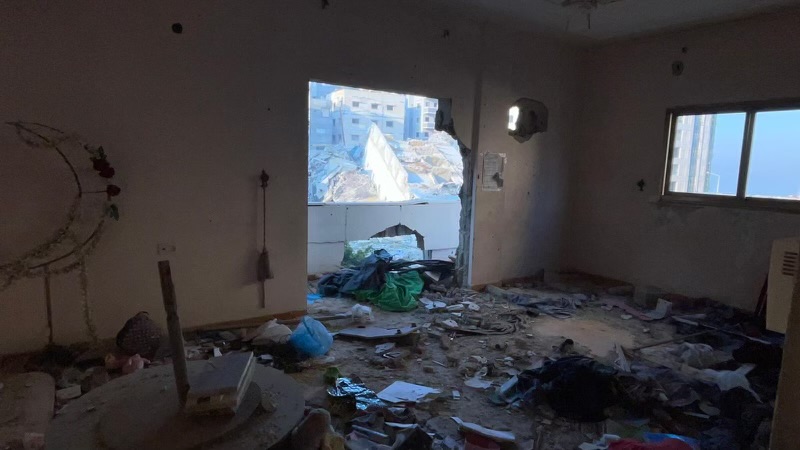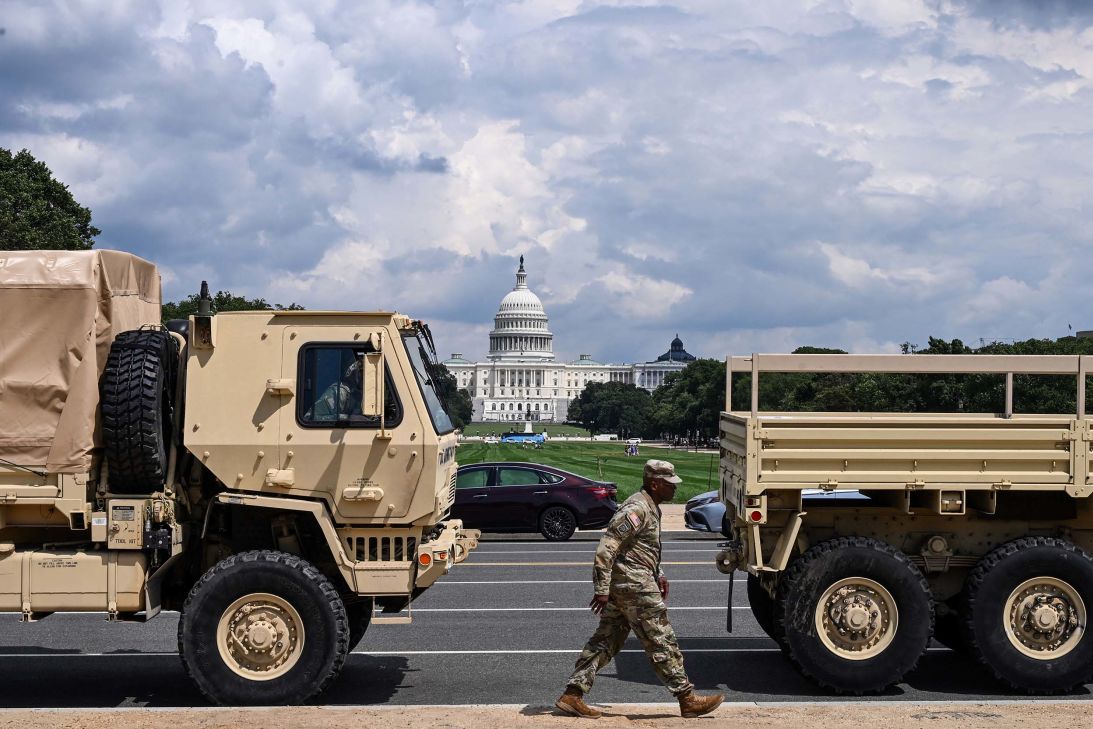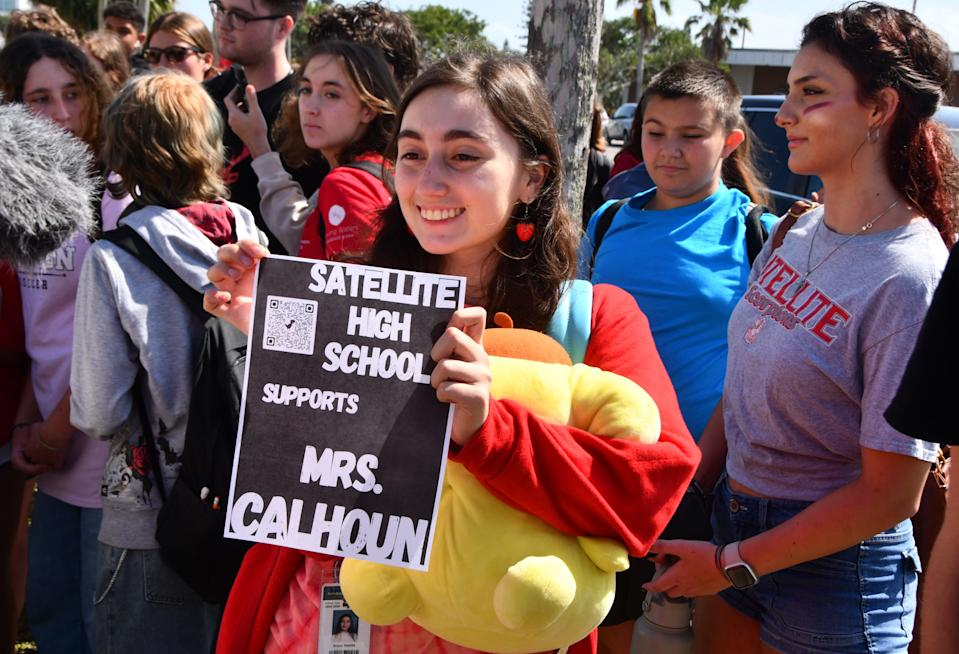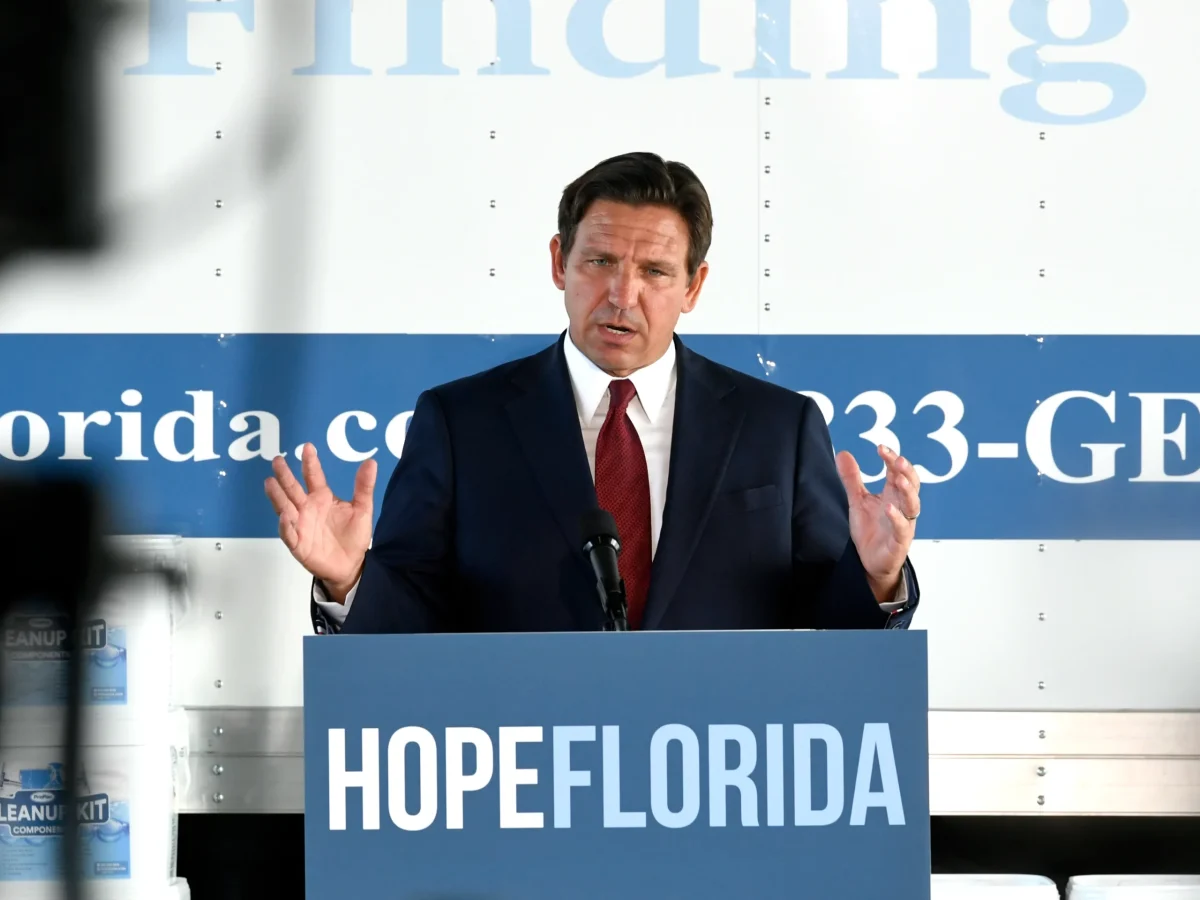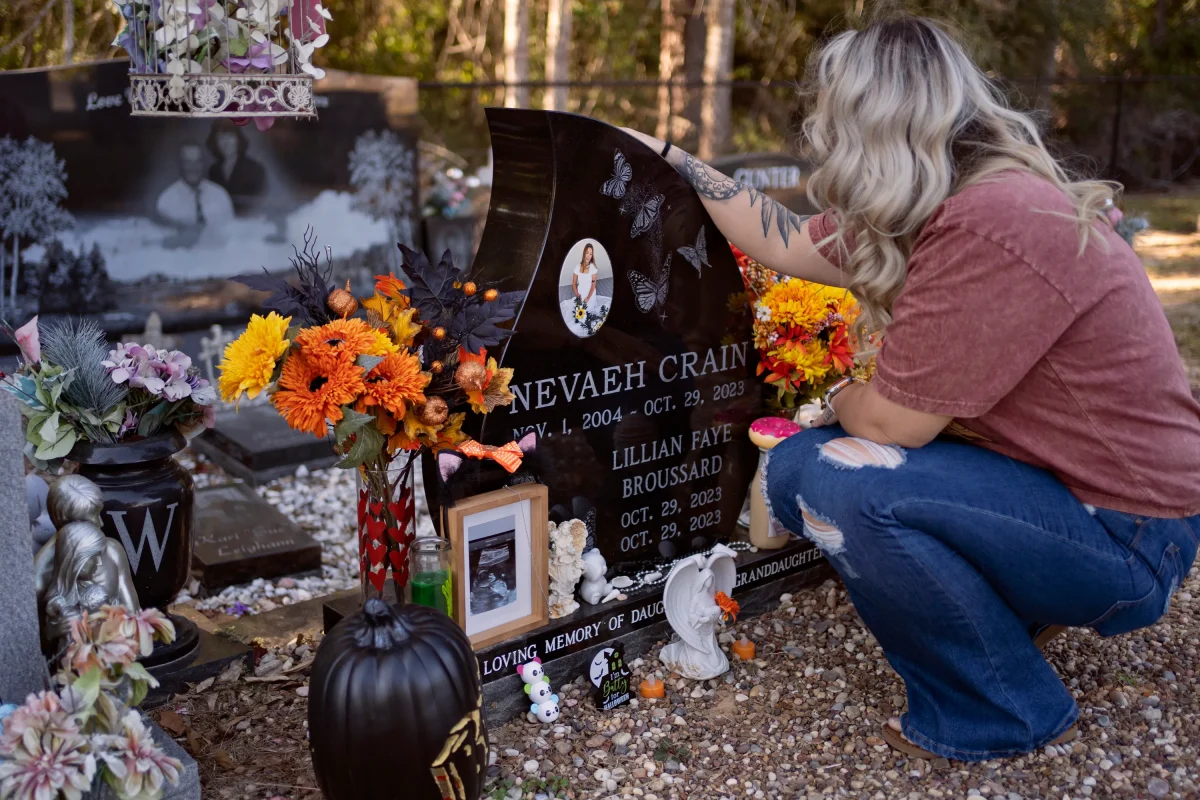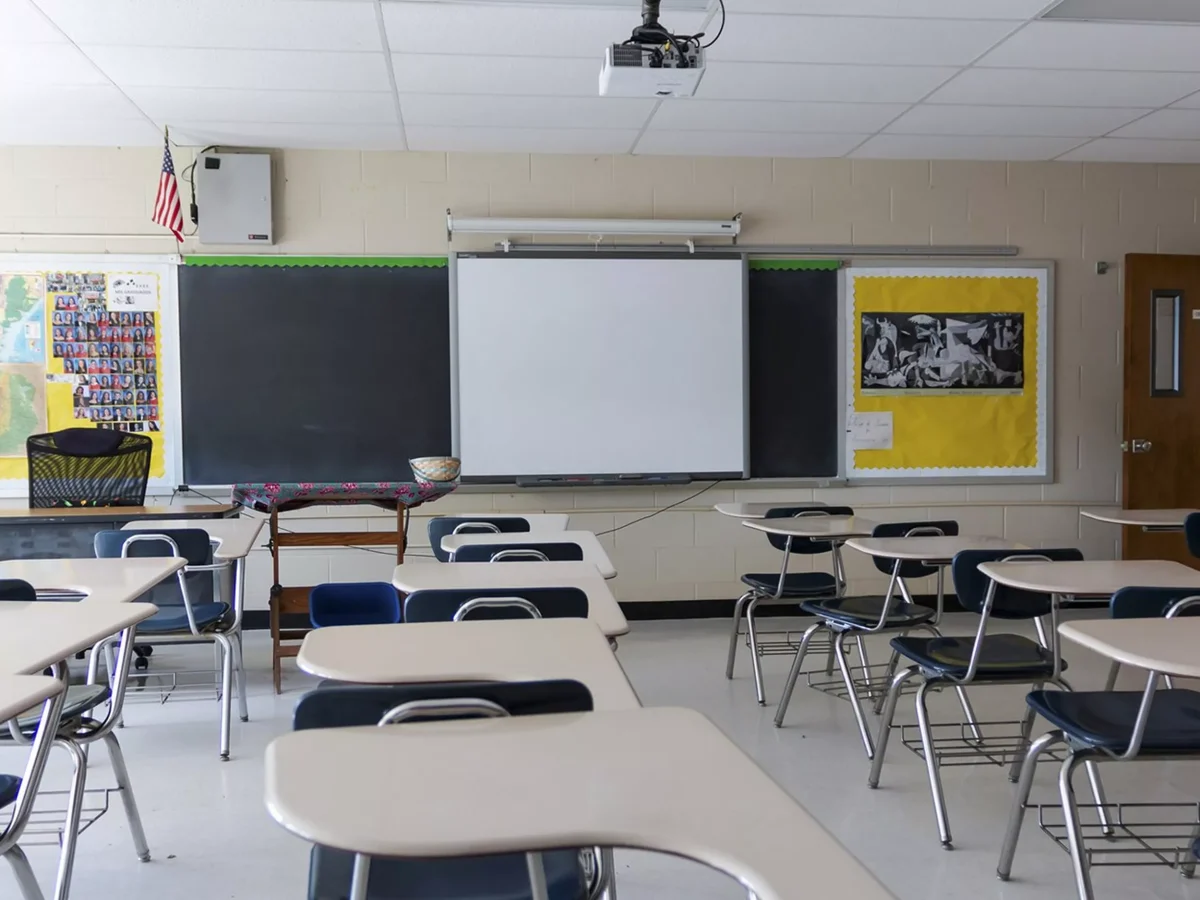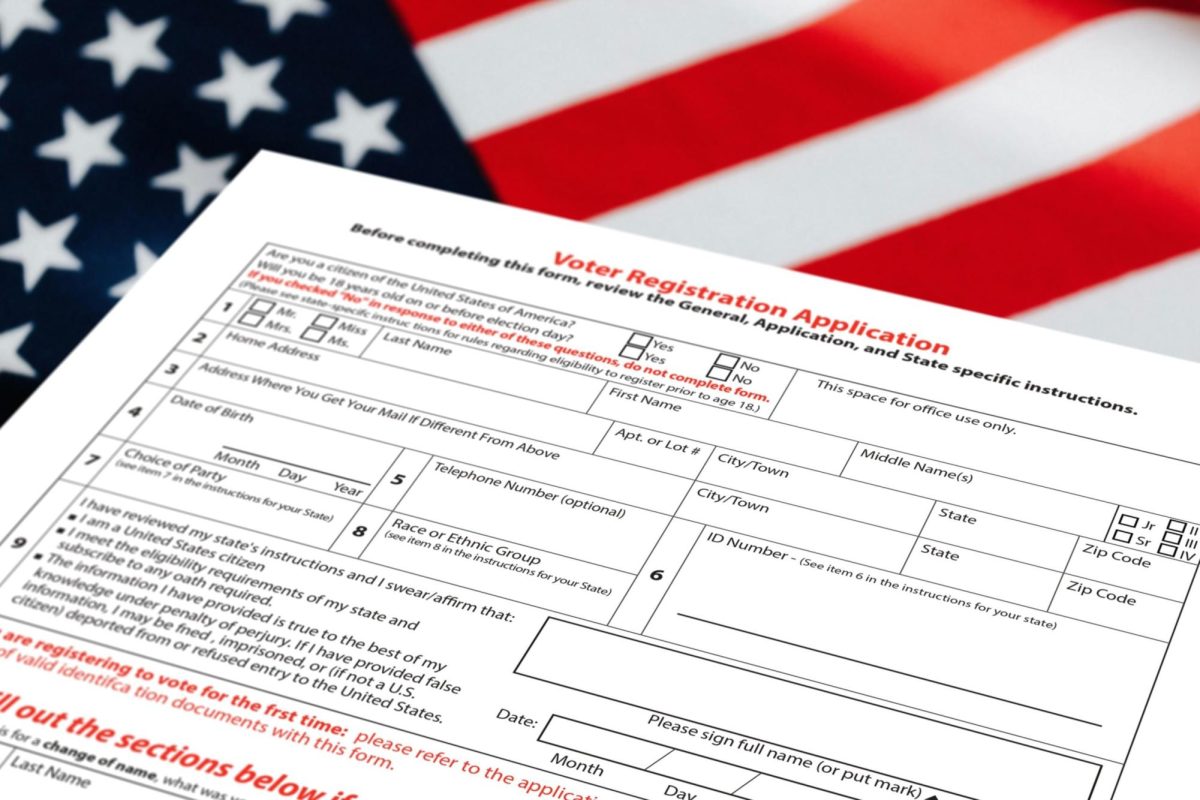On the morning of September 26, Hurricane Helene struck Florida’s West Coast then traveled slowly throughout the day causing massive widespread flooding, storm surge, and left millions without power and devastated families and small businesses. Hurricane Helene has been named the deadliest hurricane to hit the Mainland U.S since Katrina in 2005.
Extensive flooding was seen in Tallahassee, ports and docks along Florida’s west coast, inland flooding neighborhoods, and Helene was soon to make landfall in North Carolina, Tennessee, South Carolina, and Georgia on September 27th, “More than 1.5 million homes remained without power Tuesday morning in southeastern states decimated by Hurricane Helene.” according to USA Today.
Helene made landfall as a Category 4 hurricane creating the same pattern of extensive flooding, storm surges, power outages, and ruining millions of homes and businesses. Fatalities from the storm have reached 227. Many are still missing and more than 1 million people remain without power for rescue and recovery. The storm took down bridges, closed major roads, destroyed buildings and cut off power on a massive scale. Rescue efforts are still in full swing in the Southeastern U.S. In Asheville, North Carolina upwards of over 15 inches of rain flooded more than 400 roads, leaving neighborhoods and businesses in ruins. “We don’t expect to get power anytime soon,” said Asheville resident Syd Yatteau.
Cleanup from Helene is expected to take multiple months as communities ranging from the Carolinas to Florida begin to reel from the devastation they experienced. FEMA (Federal Emergency Management Agency) and the National Guard are assisting in the repair effort across multiple states affected. Over 3,300 federal personnel have been deployed across all affected states to further the cleanup efforts.
